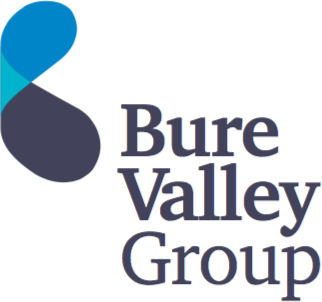What is the best way to invest in UK startups – enjoying tax benefits along the way? One great option is the Enterprise Investment Scheme (EIS), which offers unique advantages such as up-front income tax relief, capital gains tax (CGT) deferral and loss relief.
EIS has a special “mechanism” that extends many of its benefits. These apply to firms deemed “knowledge-intensive” under the terms of the scheme. However, what does this mean, exactly? How does this mechanism work, and how can investors benefit?
Below, we explore these questions in more detail. We hope these insights are helpful. If you’d like to explore our EIS-qualifying investments at our exclusive network, please get in touch.
EIS Recap
To quickly recap, the Enterprise Investment Scheme (EIS) is an initiative driven by the UK government intended to encourage investment into the country’s early-stage businesses.
This is primarily achieved by offering tax-efficient incentives to investors. These include:
- Up to 30% income tax relief on the value of EIS investments. For instance, if someone commits £10,000 to an EIS-qualifying firm, she could get £3,000 back via her Self Assessment tax return.
- CGT deferral. Suppose the investor disposed of a chargeable asset (e.g. a Buy to Let) and was due to pay CGT. The CGT liability can be deferred to a later tax year if the proceeds are invested into EIS-qualifying firms.
- Tax-free growth. If EIS shares are held for at least three years, they can be sold without a CGT liability if certain conditions are met.
- Loss relief. If an EIS investment fails (e.g. the firm goes bust), an investor can get some money back via their tax return.
- Inheritance tax relief. EIS shares qualify for Business Relief, which can help reduce the death taxes on an investor’s estate.
EIS & “Knowledge-Intensive” Firms
Do these tax perks sound good? Unfortunately, EIS is not suitable for everyone. The risks are higher when investing in these early-stage businesses, which will not suit all investor profiles. There is also a higher financial barrier to entry compared to other investments.
However, EIS can be a great option for investors with a higher risk appetite, a passion for startups, and who are seeking to optimise their portfolio for taxes. In 2024-25, an investor can commit up to £1 million to EIS-qualifying firms each tax year, yet this may not be enough.
This is where “knowledge-intensive” EIS companies can play a key role in portfolio planning and management. If a business is deemed knowledge-intensive under the scheme, they are eligible to receive more EIS funding over a longer period.
In particular, the £1 million annual “cap” on individuals for EIS investment can be extended up to £2 million if firms are deemed knowledge-intensive.
What are Knowledge-Intensive Firms?
Innovation is vital for the health of an economy. New ideas and inventions can boost productivity and create new jobs. This is partly why the government wants to encourage investment in young, disruptive UK firms developing intellectual property (IP) and engaging in research and development (R&D).
Many knowledge-intensive companies (KICs) are working on revolutionary products (e.g. a new drug) at the time of fundraising. They often require more financing, staff and resources to get their idea(s) off the ground. To assist with this, EIS offers more benefits to KICs:
- More total investment. Normal EIS-qualifying firms can receive a total of £12 million under the scheme. For KICs, the limit is £20 million.
- Higher annual investment limit. Typical EIS firms can raise £5 million in EIS investment per year. It is double for KICs (£10 million).
- Longer fundraising period. Typical EIS firms can raise funds via EIS for 7 years. KICs have a 10-year fundraising window.
- Higher employee limit. EIS firms are usually allowed to employ up to 250 full-time staff. KICs can employ up to 500.
Should I Invest in KICs?
First of all, investors need to honestly explore whether EIS is a suitable option for their goals, risk tolerance, and investment horizon.
For instance, a “cautious” investor nearing retirement (i.e. entering the “drawdown phase” of their financial plan) may not want to expose their portfolio heavily to early-stage companies.
By contrast, another retired investor may be very attracted to EIS (and KICs) due to the IHT planning opportunities. Perhaps they have maximised other IHT allowances like the nil rate band and annual gifts. Here, EIS shares could allow further opportunities to keep more wealth away from the taxman and “within the family” upon death.
The inherent “disruptive” nature of many KICs means they can offer high investment returns if their idea turns into a winning solution. Perhaps they develop a vaccine or medical technology that revolutionises healthcare, causing their shares to skyrocket.
However, focusing solely on KICs for an EIS portfolio may not always be appropriate. Notably, achieving enough diversification may be difficult if KICs operate only in specific sectors. This is where an EIS investor network can be very valuable.
By participating, you can discuss different EIS opportunities with other experienced investors and get feedback on your own ideas, such as the KICs you are interested in. Here at Bure Valley Group, we offer such an exclusive network for early-stage investors!
Invitation
Want to speak to us about our early-stage opportunities here at our exclusive investor network? Get in touch today to explore our startup projects here at Bure Valley Group.


